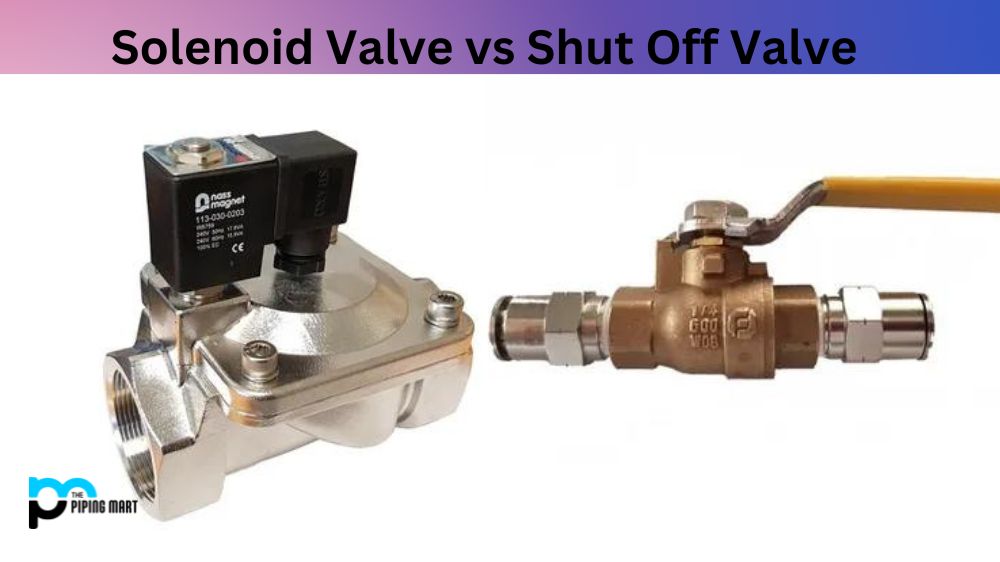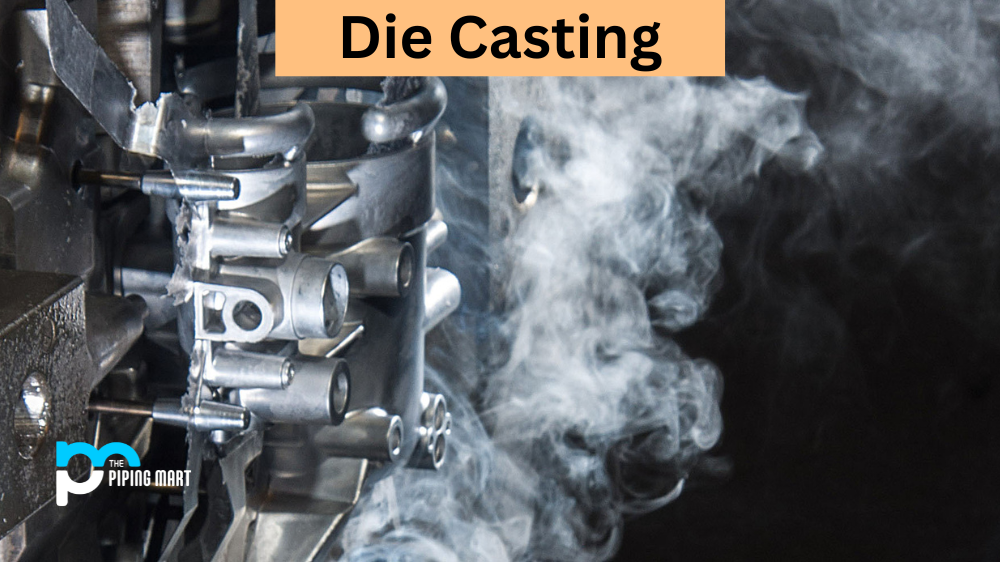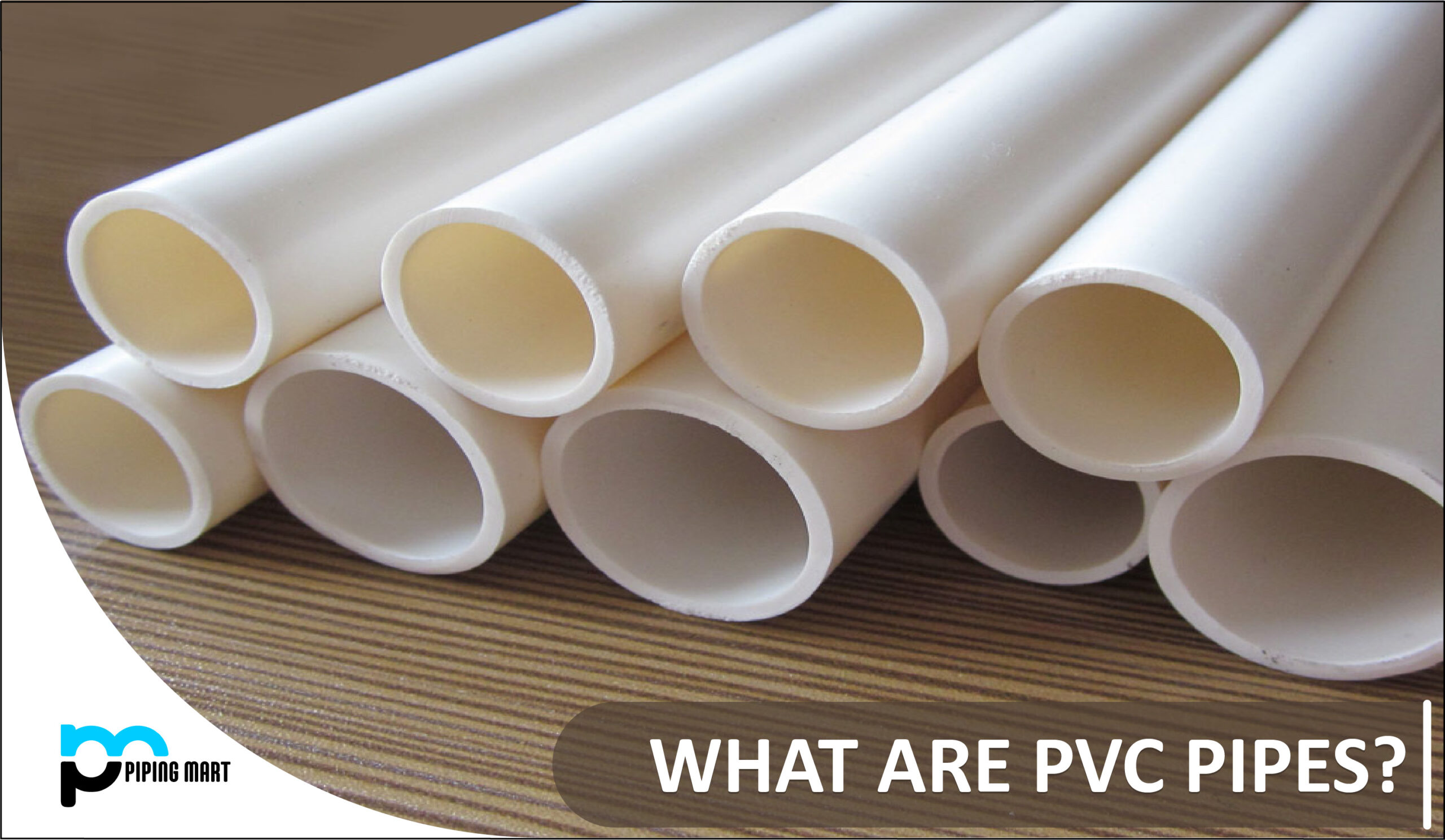Water jet machining is a cost-efficient and extremely versatile process that uses a high-pressure stream of water to cut through virtually any material. This method has been used in manufacturing for decades and is often the preferred choice for cutting intricate shapes or delicate materials. But what are the advantages and disadvantages of water jet machining? Let’s take a closer look.
Advantages of Water Jet Machining
One of the biggest advantages of using water jet machining is its flexibility. It can be used to cut through metal, plastic, composites, rubber, stone, glass, and other materials without changing tools or adjusting settings. This makes it an ideal choice for many applications that require precision cutting on a wide range of materials.
Water jet machining also provides excellent accuracy and repeatability compared to other cutting methods. The water stream is highly controllable, allowing for accurate cuts with minimal waste material—a major advantage over traditional processes such as milling or EDM (electrical discharge machining). As a bonus, there’s no heat generated during the waterjet process, so delicate parts or materials won’t be damaged by excess heat.
- Water jet machining is a process that uses a high-pressure stream of water to cut materials.
- The process is versatile and can cut various materials, including metals, stone, glass, and plastics.
- Water jet machining is an exact process and can be used to create very intricate designs.
- The process is also relatively fast and efficient, making it ideal for mass production.
- Water jet machining is a clean and safe process that does not produce any hazardous waste products.
Disadvantages of Water Jet Machining
The main disadvantage of waterjet machining is its slow speed compared to other cutting processes, such as laser or plasma. Depending on the material being cut and the complexity of the shape being created, it can take several hours or even days to complete a job using this method. Additionally, because waterjet machining requires highly pressurized water jets at very precise angles to achieve accurate results, it cannot be easy to program machines correctly and consistently produce quality parts. Finally, due to its slow speed and high cost associated with setting up machines correctly, this method is only sometimes suitable for large production runs where time is critical.
High Cost
One of the primary disadvantages of water jet machining is the high cost of the equipment. Water jet machines can cost hundreds of thousands of dollars, making them out of reach for many small and medium-sized businesses. The abrasive materials used in water jet machining can also be quite expensive.
Limited Material Selection
Water jet machining is only suitable for certain materials, such as metals, composites, and stone. The high-pressure water stream can damage softer materials like plastics and wood. As a result, businesses that require machining these materials must use other methods, such as CNC milling or laser cutting.
Slow Machining Speed
Another disadvantage of water jet machining is the slow machining speed. The high-pressure water stream can only travel so fast, which limits the speed at which it can remove material from a workpiece. This can be an issue for businesses that require quick turnaround times on their orders.
Limited Accuracy
Water jet machining could be more accurate than other machining methods, such as CNC milling. The high-pressure water stream can cause the material to deform slightly, resulting in finished products that are less precise than those made with other methods. This can be an issue for businesses requiring tight parts tolerances.
Hazardous Materials
Water jet machining also requires using hazardous materials, such as abrasive materials and coolants. These materials can be dangerous to workers and the environment if they are not appropriately handled.
Conclusion:
Waterjet machining has come a long way since its introduction in the early 1900s. It is now widely used for precision cutting applications across many industries, including aerospace, automotive, medical devices, and prototyping. It offers many advantages, such as flexibility in terms of material selection and accuracy with minimal waste material. Still, it also comes with some drawbacks, including slow speeds and difficulty correctly programming machines. Ultimately, its versatility makes it a valuable tool that can be used in many different ways depending on your specific needs. If you’re looking for an efficient way to cut complex shapes from other materials, water jet machining might be the solution you’re looking for!

Meet Bhavesh, a seasoned blogger with a wealth of knowledge and experience. From metal products manufacturing to retail, Bhavesh has a diverse background in various industries and is dedicated to sharing his insights and expertise with readers.




